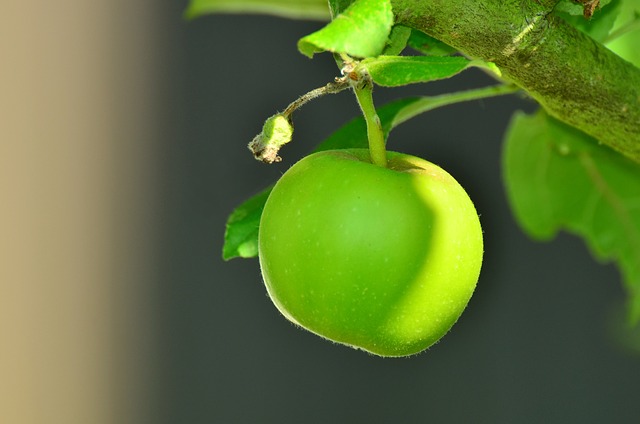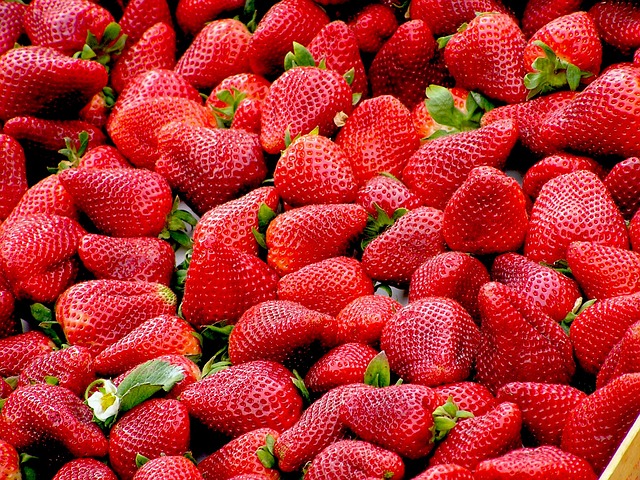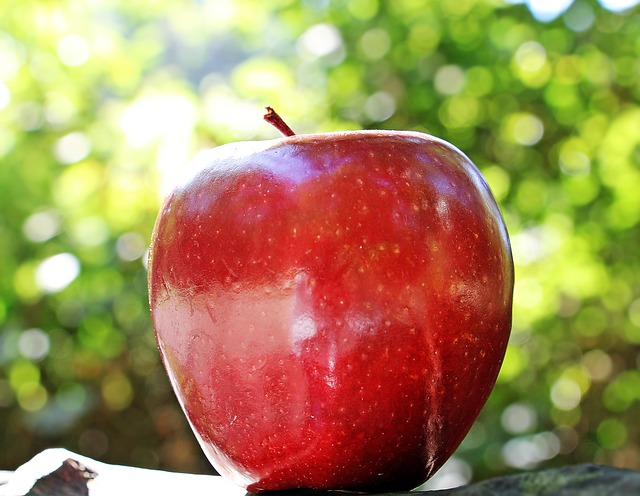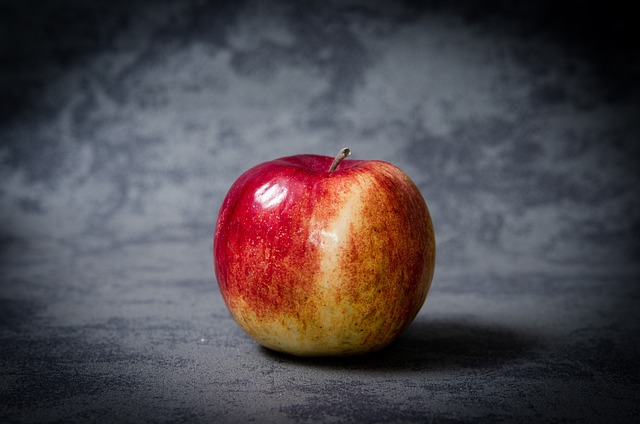Probiotics have become increasingly popular in recent years as more and more people are recognizing the importance of gut health to overall health. Probiotics are live bacteria and yeasts that are beneficial to our digestive system. They can be found in a variety of foods and supplements, but not all sources are created equal. In this blog, we will break down some of the most common probiotic sources, from kefir to kombucha.
Kefir
Kefir is a fermented milk drink that originated in the Caucasus Mountains of Eastern Europe. It is made by adding kefir grains, a combination of bacteria and yeasts, to milk. The kefir grains ferment the lactose in the milk and produce a tangy, slightly fizzy drink that is packed with probiotics.
Kefir is a great source of beneficial bacteria and yeasts, including lactobacillus, bifidobacterium, and saccharomyces. It is also high in protein, calcium, and vitamin D. Kefir has been shown to improve digestion, boost the immune system, and even lower cholesterol levels.
Yogurt
Yogurt is another popular probiotic source that has been consumed for centuries. Like kefir, yogurt is made by fermenting milk with bacteria. The most common strains of bacteria used in yogurt are lactobacillus bulgaricus and streptococcus thermophilus.
Yogurt is a good source of beneficial bacteria, but it is important to choose the right kind. Many commercial yogurts are high in sugar and additives, which can negate the health benefits of the probiotics. Look for plain, unsweetened yogurt that contains live and active cultures.
Kombucha
Kombucha is a fermented tea drink that has gained popularity in recent years. It is made by fermenting sweetened tea with a symbiotic culture of bacteria and yeast, also known as a SCOBY. The fermentation process produces a slightly sour, carbonated drink that is rich in probiotics.
Kombucha is a good source of beneficial bacteria and yeast, including acetobacter, gluconobacter, and saccharomyces. It is also high in antioxidants and can help to detoxify the liver. However, it is important to be aware of the sugar content in kombucha. Many commercial varieties are high in sugar, which can offset the health benefits of the probiotics.
Sauerkraut
Sauerkraut is a fermented vegetable dish that is made by fermenting cabbage with lactic acid bacteria. The fermentation process produces a tangy, probiotic-rich side dish that is high in vitamins C and K.
Sauerkraut is a good source of lactobacillus bacteria, which can improve digestion and boost the immune system. It is also low in calories and high in fiber, making it a great addition to any healthy diet.
Miso
Miso is a traditional Japanese seasoning made by fermenting soybeans with salt and a type of fungus called koji. The fermentation process produces a thick, salty paste that is rich in probiotics.
Miso is a good source of lactobacillus and other beneficial bacteria. It is also high in protein and antioxidants. Miso can be used as a seasoning in soups, stir-fries, and marinades for a probiotic boost.
Conclusion
There are many different sources of probiotics, ranging from fermented drinks like kefir and kombucha to fermented foods like sauerkraut and miso. When choosing probiotic sources, it is important to look for live and active cultures and to be aware of any added sugars or additives that may offset the health benefits of the probiotics. Incorporating probiotics into your diet can improve digestion, boost the immune system, and promote overall health and well-being.







